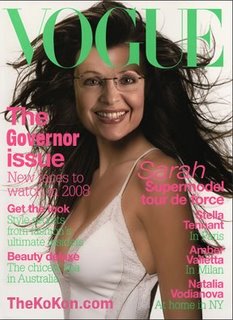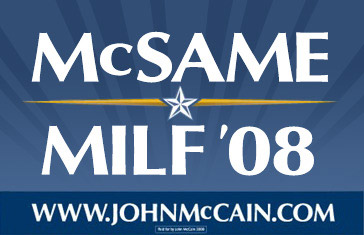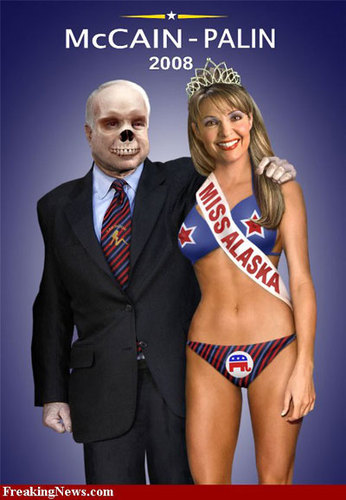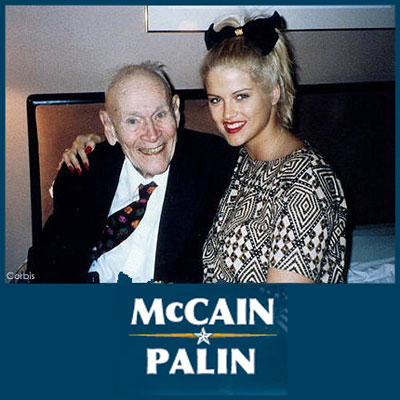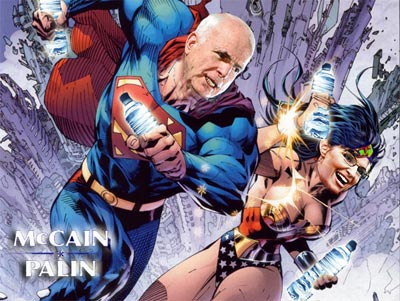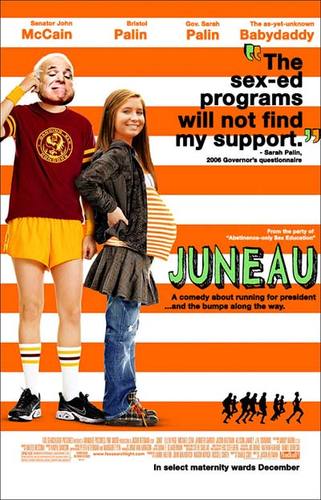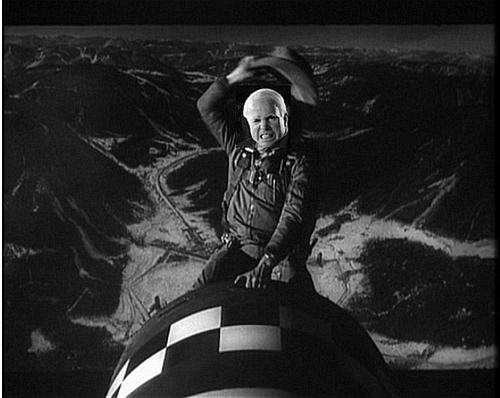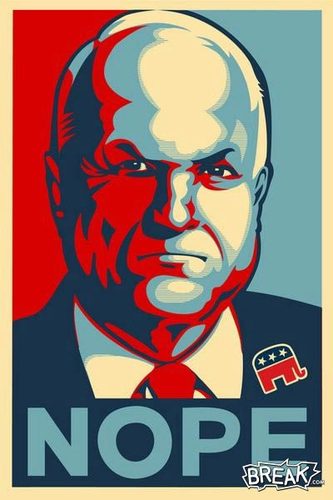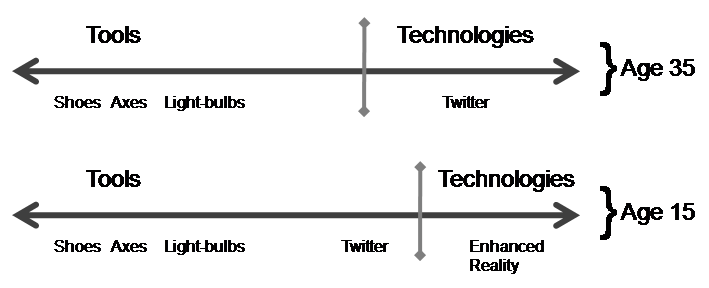Reconsidering Family Photographs
/Not so many years ago, I was visiting my parent's home in Atlanta. As we were sprawled around the living room, glancing through the Sunday papers, my mother let out a gasp, "It's like I've seen a ghost!" She passed the paper over to me and showed me a photograph, which I was pretty sure I had seen several times previously. It depicted Martin Luther King being led through the Fulton County Courthouse in Atlanta following one of his many arrests for civil disobedience. It was being reproduced this time in anticipation of a PBS special about King. "Yes, I've seen this picture of King before, Mom."
"No," she said, "it's Pap!" I looked more closely at the photograph, searched my memory, and realized that one of the deputies escorting King was my late grandfather. Needless to say, I was now as stunned as my mother by the discovery that my grandfather had been involved in King's arrest.
Now keep in mind that I never really knew "Pap," my mother's father, who had passed away in the late 1950s when I was a little over a year old. He was someone who lived for me primarily through old photographs -- including many that are included in my own yellowing baby book. He was the kindly looking man who had given me my first haircut, since he had spent much of his life running a barber shop in downtown Atlanta. There were pictures of him bouncing me on his knee as a newborn and there were snap shots of him receiving visitors from his hospital bed shortly before his death. There are even photographs showing the huge mound of flowers at his grave-side. Family legend is that half of the city passed through his barbershop and a goodly portion of his friends and associates had turned out for his last rites. From old family stories, I knew that he had helped to run the city's draft board during World War II and that his own oldest son had ended up in a POW camp in Germany. My father liked to tell a story about sitting in Pap's patrol car and having baby Henry reach up and pull the siren, creating a minor ruckus.
It was hard to reconcile these images and stories about my grandfather with the popular representations of King's captors and tormentors, hard to reconcile the photographs in my baby book with the all too familiar images of King's followers being knocked down by fire hoses or besieged by attack dogs. So, the new information passed over me with a wave of shock and shame. As a white southern male who grew up in the south during the civil rights era, I have always struggled with issues of liberal guilt, not sure about my ability to talk meaningfully about race, unsure how to acknowledge my own complicity in a system of white privilege. And here, suddenly, the issue was asserting itself with a new degree of urgency.
For me, this era of segregation was perhaps best summed up by two childhood memories, which suggested the transitions Atlanta underwent in the period of my childhood. When I was about five or six, my parents dropped me off at the Decatur Courthouse to attend a "Toys for Tots" performance of Peter and the Wolf. My parents were going to meet me outside after and I went in proud at being on my own for perhaps the first time in my life. After the concert, I wandered outside, eager to find them, and they were nowhere to be seen, having gotten turned around and exited the building in the wrong direction. Not particularly paniced, I must have decided that I should just try to walk home and so I headed out on my own, wandering through street after street for the better part of an hour, while my frantic parents turned the city upside down. What I remember from that day was wandering through an entire neighborhood without saying any white faces. Disoriented, I had moved into the black section of the still segregated city and for the first time, I experienced what it was like to be in a minority position. I was growing up in an almost entirely white world yet I hadn't realized it until that moment. I've always been fascinated by a Flannery O'Connor short story which described more or less the same experience -- a young child separated from his parents who finds himself encountering a world where there are no white faces.
When I was a child, my father had owned his own construction company and I spent a fair amount of time playing on building sites, collecting bottles for the deposit money. One day, I found myself playing with several other children my age who happened to be the offspring of black construction workers. What did we do? We were collecting big black blocks of tar with the stated plan of creating our own tar baby, inspired by a recent screening of Walt Disney's Song of the South. Once our parents learned of our creative project, there was a general awkwardness. Though both sets of parents had taken us to see the movie, there was an understanding, even then, that this was not an appropriate thing for little black and white children to be doing together. The Uncle Remus stories were too closely associated with a history of race and racism and the tar baby embodied sticky problems none of them knew how to talk with each other about. Even as a child I saw there was something wrong with this picture.
As I grew older, I would struggle with my identity as a white southerner. There were times in late elementary school when I would wear confederate flags on my belt buckle. Those flags were never intended as statements of racism, but rather as assertions of my own racial pride. My family had lived in Georgia for many generations. We had old photographs that showed my great-great-grandfather in his Confederate uniform. I had no "mother country" that I could trace my heritage back to and this was the source of some discomfort by the late 1960s and early 1970s when many of my classmates were proclaiming their ethnic pride. For me, the Confederacy had been that mythical past to which I could trace my roots -- not a living symbol of the current divisions between the races -- but over time, I came to realize that in embracing this symbol that I could cause a great deal of pain for others. Could I be proud of who I was and where I came from without it becoming an assertion of white supremacy?
Through the years, I've resented the ways that the south has been made into a kind of national scapegoat. As a southerner growing up when I did, I always knew I had to confront racism, one way or another, and decide where I stood. Atlanta might call itself "the city too busy to hate" but there was never any easy way to escape the burden of self reflection. Some of my friends growing up were racists and made no bones about it. Some of them have spent their lives battling the Klan or contributing to the Southern Poverty Law Center. But all of them understood that racism had something to do with who they were and how they related to the other people around them.
When I was in graduate school in the Mid-West, I was struck by the unthinking racism of many of my students. I remember that one fraternity at a big ten university held a "Martin Luther Koon" birthday party, where people had come in black face, played craps, and eating water melon and fried chicken. Some of my students went to the party, not sure what to expect, and some of them told me later that they hadn't really thought this could be hurtful to anyone. It was all a big dress up game to them, having grown up in the rural midwest and having had little exposure to actual African-Americans. They had never been forced to confront the implications of their own racism and so they imagined racism as something that happened in the south that had nothing to do with their lives. It isn't that I didn't know people growing up who would have held such a gathering but they would have known what they were doing. Being there would have been a conscious choice -- for better or not. Yet, having the image of a racist south has so often been used as a way to deflect that kind of self examination and thus to simplify the history of race in America.
And so, my first response to seeing the image of my grandfather arresting King was one of shame to see someone who was so beloved in my family history play such a controversial role in the history of the nation. I didn't want anyone to know about that connection. I didn't want to talk about it. I certainly didn't know how to talk about all of the feelings that this image brought up for me.
But, then something else occurred to me,and that was the possibility that this same photograph might be found in the family albums of King's grandchildren and that through this shared image and the history behind it, our lives were complexly intertwined.
When I had looked at the photograph before, my grandfather had been just one more faceless white southerner in the background of the photograph. Yet, now, he was pushed into the foreground in my consciousness. And the photograph became a way of thinking about the subjective experiences that at once connected and separated people of different races who came of age in the same city and in the same generation. There would always be a constant set of shifts between who was in the foreground and who was in the background depending on whose perspective was being brought to bear on this image. And indeed, I was reminded of photographs of my mother's childhood where black maids might be seen in the background of family portraits -- people who, in that classic southern formulation, were always seen as "part of the family" but who were the matriarchs of their own families with their own histories which no one in my mother's household could have told you.
We can not easily separate out these different subjective responses to these shared images. Given the degree to which black and white lives imposed on each other even in the most segregated days of the south, we would always be visible in the background of each other's photographs and always appear as shadowy, not fully understood figures in each other's narratives.
This sense of connection to this historical moment, of course, also changed the ways that I have come to read accounts of King's life and his political mission. King has always been an inspiration to me -- not the least through his capacity to imagine the possibility of social transformation and cultural change, his faith that a dark chapter of American history could give rise to something more hopeful. I have come to respect King's utopian imagination -- which comes through especially in the "I Have a Dream" speech. King used "hope" as a resource through which to frame a powerful critique of the limitations of his society. By imagining a world where white and black children could play together, he was able to embody the ways that his own society fell far short of those ideals and he and his followers were able to transform that critique into an agenda for change. He described a better way and inspired many to pursue it.
As I have read these historical accounts, I recognized that the whole politics of civil disobedience meant that King counted on white men of conscience who would be shocked into action when he provoked reaction and retaliation for his protests. The point of civil disobedience was to force the system to react and in doing so, to show its excesses and contradictions. In some cases, the white men who arrested King were cast as embodiments of racist traditions and practices whose rage was turned against them through a kind of political judo. In other cases, the goal was to provoke more thoughtful men to question the institutions and practices to which they had committed their lives by forcing them to play out the contradictions between their own sense of justice and what the system required them to do.
There were white southerners who actively supported King and his movement. King wrote in his Letter From a Birmingham Jail in 1963:
I am thankful, however, that some of our white brothers in the South have grasped the meaning of this social revolution and committed themselves to it. They are still too few in quantity, but they are big in quality. Some-such as Ralph McGill, Lillian Smith, Harry Golden, James McBride Dabbs, Ann Braden and Sarah Patton Boyle---have written about our struggle in eloquent and prophetic terms. Others have marched with us down nameless streets of the South. They have languished in filthy, roach-infested jails, suffering the abuse and brutality of policemen who view them as "dirty n-word lovers." Unlike so many of their moderate brothers and sisters, they have recognized the urgency of the moment and sensed the need for powerful "action" antidotes to combat the disease of segregation.
I will never know what kind of person my grandfather was or how the experience of arresting King might have changed him. I like to imagine him as someone like Ralph McGill whose respect for basic human dignity made him question the society of which he was a part. I like to imagine that if he had lived much past that moment, he might have been part of the change which the south underwent during the early days of my childhood. I will never know what he was thinking that day, though I've studied the photograph trying to give meaning to his cryptic expressions, trying to read motives into the body language of a man whose personality is totally unknown to me, beyond the stories my mother used to tell about him. I wonder what it says that my mother never knew that her father had been one of those who had arrested King.
When Barack Obama spoke about the confusion and anguish that still surrounds the relations between white and black America in his campaign speech in response to the Wright controversy, I was touched. Here's what he said about his own grandmother:
I can no more disown him [Wright] than I can my white grandmother - a woman who helped raise me, a woman who sacrificed again and again for me, a woman who loves me as much as she loves anything in this world, but a woman who once confessed her fear of black men who passed by her on the street, and who on more than one occasion has uttered racial or ethnic stereotypes that made me cringe. These people are a part of me. And they are a part of America, this country that I love.
I understood what he meant. I can not "disown" my grandfather. In fact, the process of struggling to make sense of this photograph has strengthened my emotional connections to him. It has made him more real as a figure in my own personal narrative. I can't excuse him for what he did, even though, of course, like so many others, he was "just doing his job." I can't hide from who my grandfather was or what he did and I can't use my guilt and anxiety as an excuse not to speak up about race in America today.And I can't allow myself to feel good about myself as if somehow I had escaped that racist past into some post-racial society where "race no longer matters" just because I voted for Obama.
I cringe every time I hear a commentator talk about how voting for Obama allowed whites to feel better about themselves, knowing that on some levels, of course, it was true that I saw my vote as one step towards undoing what my grandfather had done so many years ago. I am reminded of the work Justin Lewis and Sutt Jhally did about Cosby, which described the "enlightened racism" they found in white responses to the series. Many of them felt that seeing Cosby and his family as "people like us" meant they had escaped racism, that they were no longer accountable for any legacy of harm and discrimination, and that race no longer caused any obstacles to advancement and thus no forms of affirmative action were required.
This week, we will watch the first African-American man (well, significantly, a mixed race man) become President of the United States. Some have described Obama as part of a "Joshua generation" of African-American leaders. King had seen into the promised land, like Moses, but was not able to lead his people there. Obama, the story goes, and his contemporaries were going to be able to build the new society and thus in some small way fulfill King's dream for a more just society. I wept when Obama clinched the presidency and I am sure I will weep when he takes the Oath of Office. But this, too, is too simple a response. There is still much we need to overcome.
The "Obama moment" requires us to take risks, to ask hard questions, to venture into uncomfortable territory, and to have an honest conversation about race in America. We can't wish race away but we have to re-examine the complex ways that our lives are intertwined and have impinged upon each other. We need to be having this conversation at all scales, large and small, local and global, online and off, and through many different channels of communication. The "Obama moment" offers us all a chance for redemption and transformation but it won't come easily.
Maybe it's time for more of us to take another look at our family photographs and see what's been hiding there all the time.


